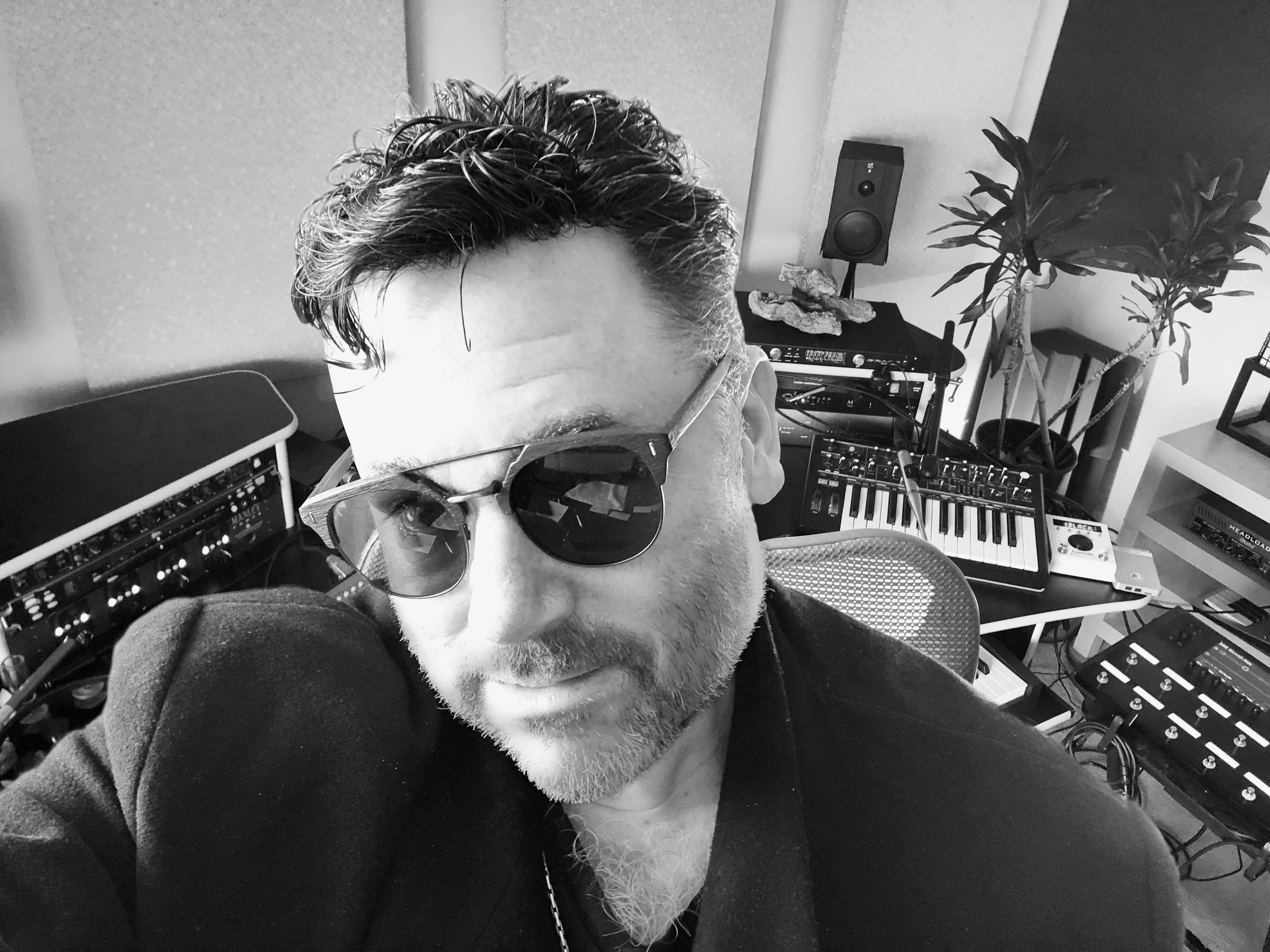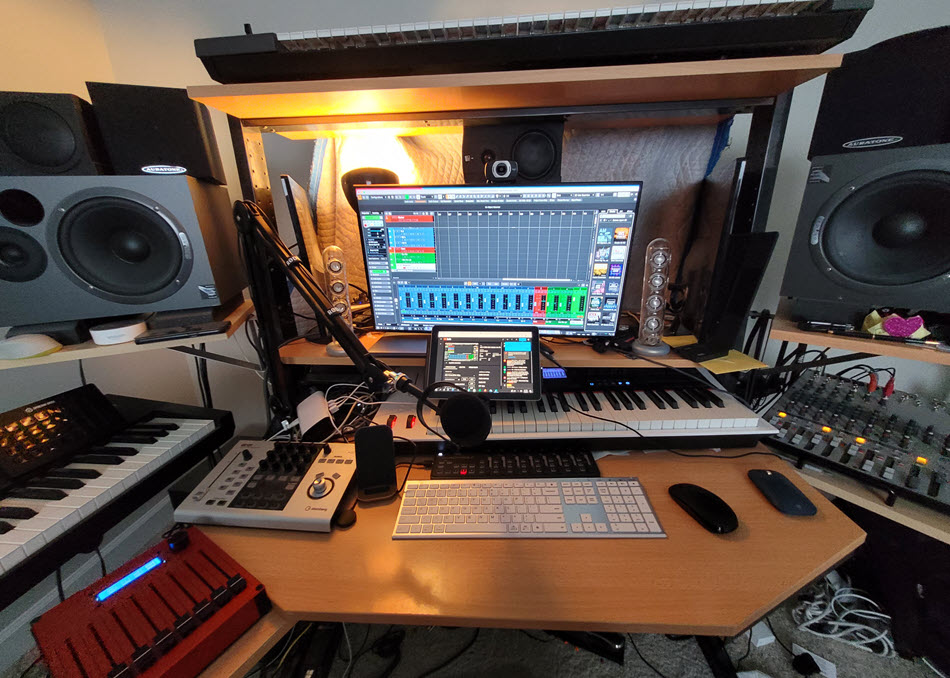A History of Yamaha Studio Reference Monitors
Of hit records and loyal users.
Everyone wants to win a Grammy Award®, but when a speaker wins one, you know you’re onto something. That’s exactly what the venerable Yamaha NS-10 achieved when it garnered a Technical Grammy® in 2007. A mainstay in countless recording studios for more than four decades, these beloved white-coned monitors continue to be a force to this day.
But the line of Yamaha reference monitors includes more than just the NS-10. Let’s take a look at the long history behind them.
WHERE IT ALL STARTED
The NS-10 was first launched in 1978 … but not as a studio monitor. Instead, it was originally designed as a Hi-Fi speaker for consumers, designated the NS-10M, complete with a cloth grille. While it did not do well on the consumer level, it soon became a phenomenon in recording studios (sans grille), thanks largely to engineer/producer Greg Ladanyi (Fleetwood Mac, Don Henley, Jackson Browne), who brought a pair of NS-10s to the U.S. after a trip to Japan and became one of the first early adopters of the speakers.
The NS-10M had a modest frequency range of 85 Hz to 20 kHz, and power handling of just 25 -50 watts, yet its admittedly less-than-perfect sound turned out to be a secret weapon in the studio. Almost magically, it exposed any sonic flaws in the audio, allowing for corrections to be made during the production process. You literally had to work hard on them to make your recordings sound great. Music mixed on NS-10s would translate well to the end users listening to playback systems in their living rooms, bedrooms and cars. It wasn’t long before these mysterious speakers started to become a mainstay in recording studios around the world.
TECHNICALLY SPEAKING
Weighing just over 13 pounds, the 8-ohm NS-10M was housed in a particle board cabinet that measured 15.0″ x 8.5″ x 7.8″. It had two drivers: a 180 mm (7″) paper woofer and a 35 mm (1.4″) soft-dome tweeter. The iconic white bass/mid driver cone was manufactured from a flat sheet of pressed pulp paper, giving the NS-10 a distinctive look.
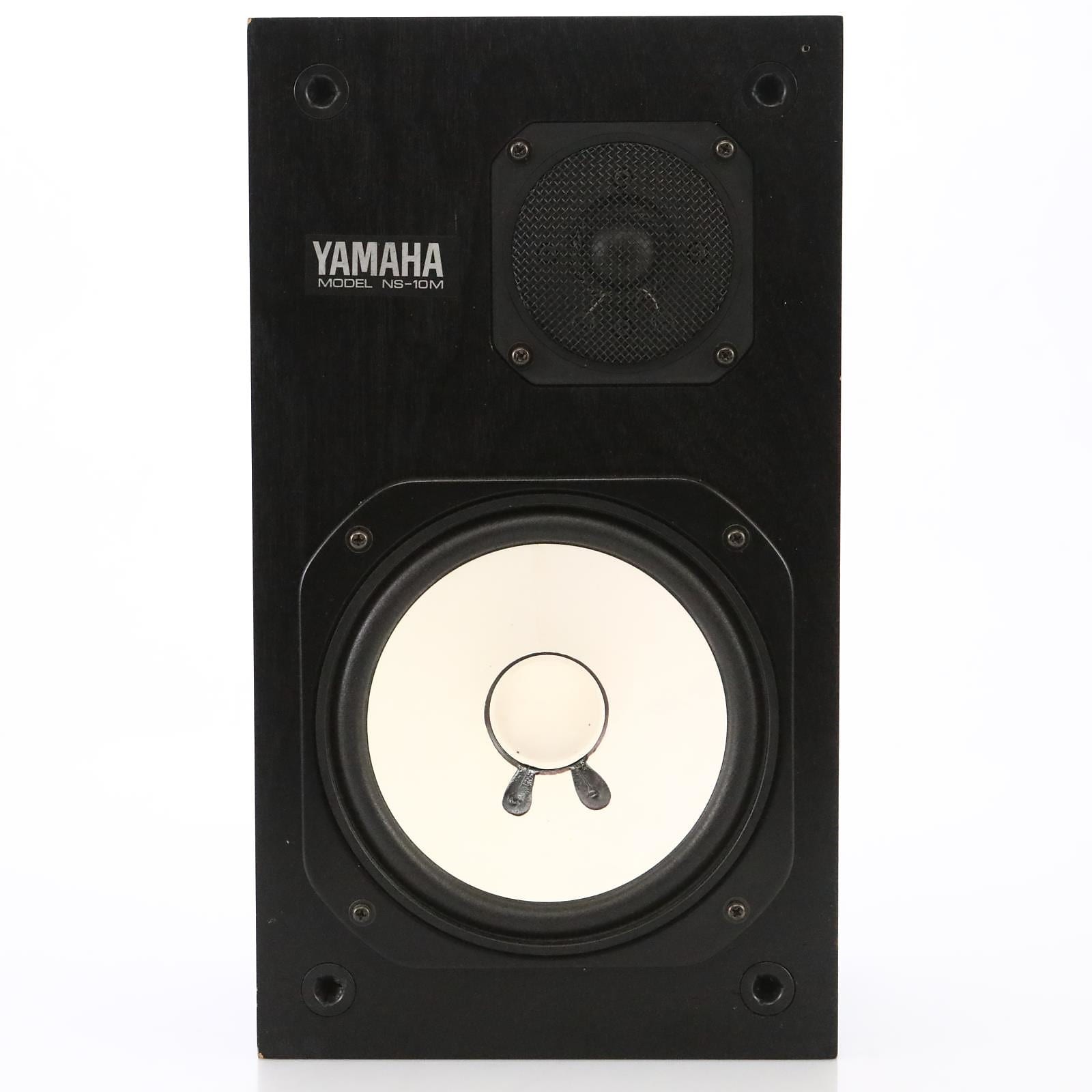
The NS-10M had a limited bass response, with a rolloff beginning at around 200 Hz, and a prominent boost in the upper midrange of some +5 dB at around 2 kHz, but it did have an extremely fast transient response (that is, it responded especially quickly to changes in level) thanks to its extremely lightweight drivers and unported, enclosed design. Unfortunately, this also resulted in a somewhat over-bright upper treble response. As a result, many engineers were known to tape tissue paper over the tweeters, sparking an endless (and somewhat silly) debate about the brand and ply of toilet paper required. This decidely low-tech correction would, it was felt, not only help tame the high frequencies but also create a quasi-comb filtering effect, with some frequencies reflected back into the tweeter.
VARIETIES OF A GOOD THING
Yamaha discontinued the NS-10 in 2001 when it became too difficult to source the pulp needed to make the low frequency drivers. However, six different versions of the speaker evolved over the 23 years it was being manufactured.
The NS-10M PRO, NS-10M Studio and NS-10MC were released in 1987, each with subtle changes to the original. All had an improved tweeter and could handle more power — up to 120 watts. The latter two were designed to be used horizontally and had an improved crossover network, as well as better bass response, down to 60 Hz.
These were followed by the NS-10MX (1993) and NS-10MT (1996). Both were designed to be deployed vertically and were magnetically shielded so they could be used in close proximity to computer monitors. The MT model utilized a bass reflex design with a rear-facing port (all previous NS-10 models were unported) and so had extended low frequency response, all the way down to 43 Hz.
A comparison chart between the models can be found here.
MSP AND MSP STUDIO
In 1998, Yamaha introduced the MSP5, a speaker specifically designed to provide faithful playback of the original sound that is demanded from studio reference monitors. Most significantly, it was self-powered, eliminating the “X”-factor of how the quality and rating of a separate power amplifier (along with the quality and length of the cabling used to connect it to speakers) impacts on the performance of the monitoring system. The MSP5, and the subsequent flagship MSP5 STUDIO model introduced in 2006 and still available today, incorporates dual high-performance integrated power amplifiers and a crossover network perfectly matched to the speaker drivers.
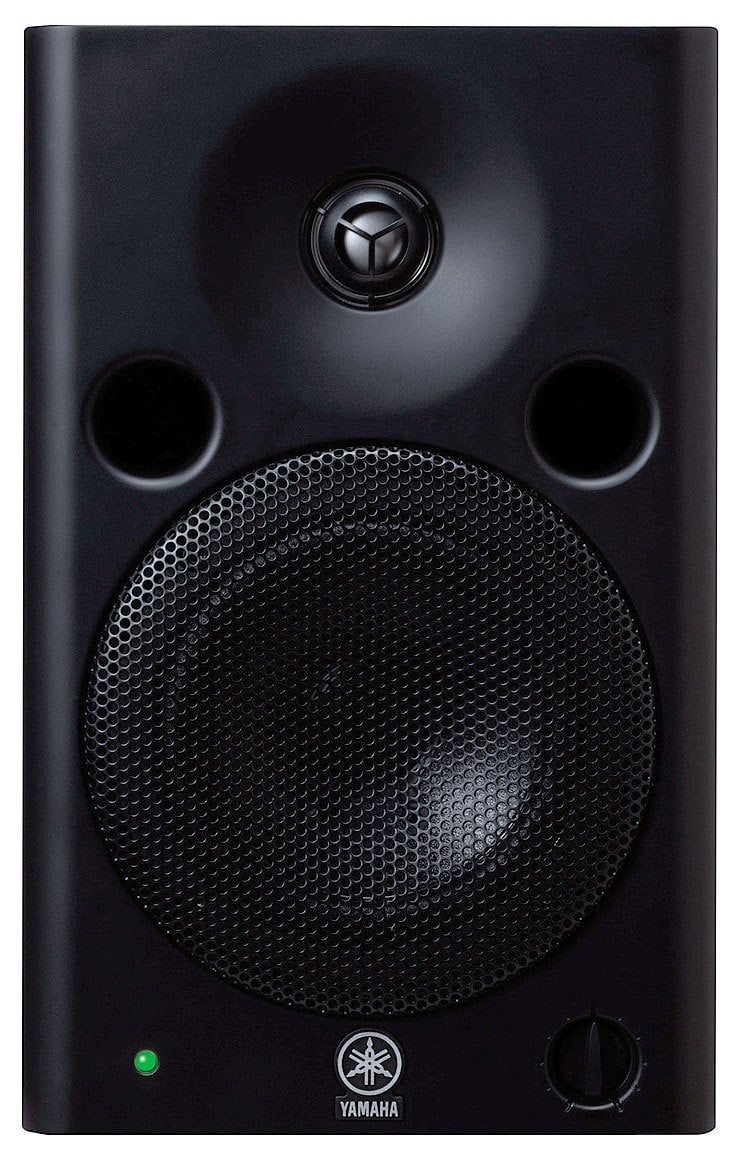
The MSP5 STUDIO boasts impressive specs, including a frequency range of 50 Hz to 40 kHz. Its 5″ cone woofer is driven by a powerful 40-watt amplifier, while the 1″ titanium-dome tweeter is driven by a separate 27-watt amp. Both speaker drivers are housed within advanced magnetic structures for exceptionally low distortion, and the tweeter utilizes a unique waveguide horn for broad, uniform high frequency dispersion over 120 degrees for optimum balance regardless of listening position. Even the enclosure is specially designed to help eliminate unwanted resonance and increase sonic accuracy, with a rounded baffle and a specially treated polypropylene cone with low damping rubber surrounds for better frequency response.
THE HS SERIES
In 2006, Yamaha released the HS Series of powered speakers. Available in both black and white, they build upon the lineage of the classic NS-10 (complete with white woofer!) to provide precise and accurate studio reference monitoring. All feature newly developed transducers, dual high performance amplifiers, a low resonance enclosure and an advanced speaker port design. They also offer handy controls for adapting to rooms and surfaces of various sizes and shapes: ROOM CONTROL for attenuating high end, and HIGH TRIM for flexible control over the high frequencies.
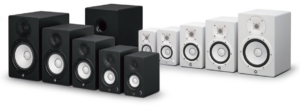
There are five HS Series speaker models, as well as five equivalent “I” models that have identical specs but include mounting points on four surfaces.
- The HS8/HS8I pairs a 8″ woofer with a 1″ dome tweeter and 120 watts of output power, and is capable of reproducing frequencies from 38 Hz to 30 kHz.
- The HS7/HS7I pairs a 6.5″ woofer with a 1″ dome tweeter and 96 watts of output power, and is capable of reproducing frequencies from 43 Hz to 30 kHz.
- The HS5/HS5I pairs a 5″ woofer with a 1″ dome tweeter and 70 watts of output power, and is capable of reproducing frequencies from 54 Hz to 30 kHz.
- The HS4/HS4I pairs a 4.5″ woofer with a 1″ dome tweeter and 26 watts of output power, and is capable of reproducing frequencies from 83 Hz to 20 kHz.
- The HS3/HS3I pairs a 3.5″ woofer with a .75″ dome tweeter and 26 watts of output power, and is capable of reproducing frequencies from 85 Hz to 20 kHz.
There’s also an HS Series subwoofer: the HS8S, which includes a 150 watt amp powering a 8″ powered driver in a bass-reflex enclosure, for frequency range from an ultra-low 22 Hz to 160 Hz. In addition to HIGH CUT and LOW CUT controls, it offers a PHASE switch that makes it easy to determine ideal placement.
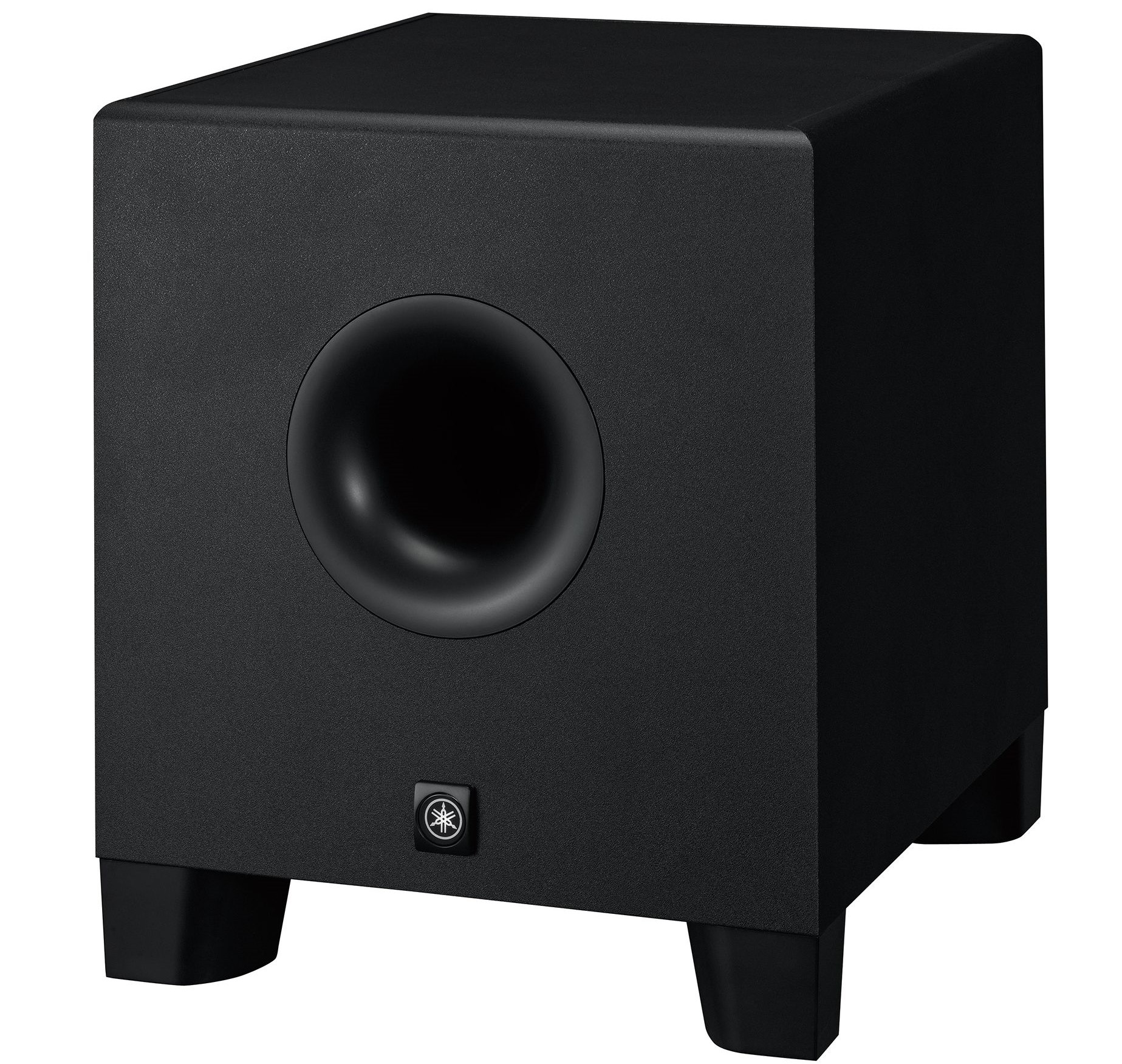
From the original ground-breaking NS-10M introduced nearly 50 years ago to the latest HS Series and flagship MSP STUDIO models, Yamaha monitors have become an integral part of recording the world over, from the top professional facilities to the most modest bedroom studios. An impressive history indeed!









